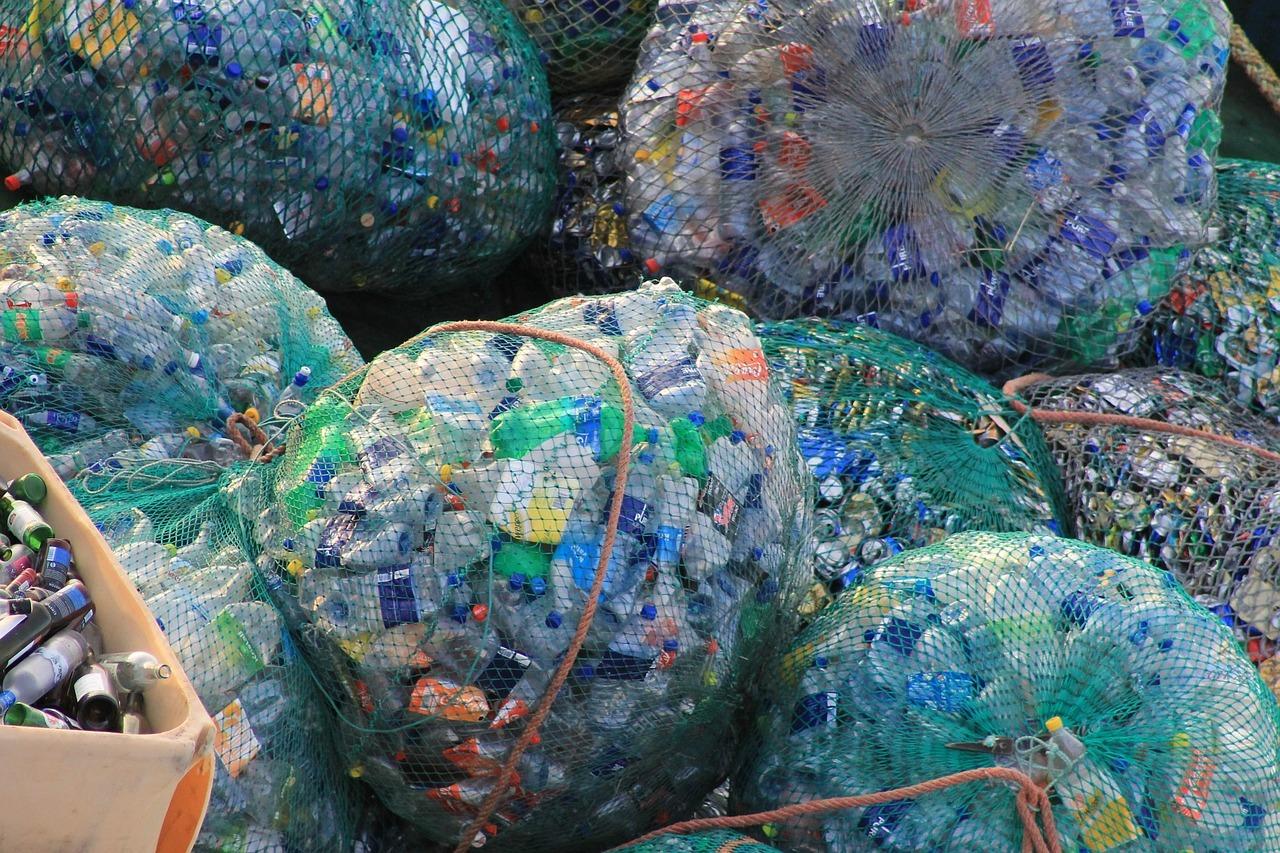
By Averill Brewer
The motivations for turning trash into treasure are clearly defined, if not purely for environmental reasons.
The realization that 5 billion new consumers will enter the market, buying things and competing for finite resources, brings on economic motivations as well -- namely that all of the trash the ‘rising billions’ of consumers will throw away can be re-purposed into a higher-valued material and re-entered into the economy, never truly becoming waste.
No treasure hunt is needed — X marks the … landfill; we humans have made it very easy to find. The only cache that exists is that of the lost opportunity of valuable materials that are buried or not recovered in the sorting and recycling processes due to inefficiencies.
The real equation is turning waste materials into long-life products. By now, we know that the recycling industry has run into a set of potentially disastrous problems, but that those in the industry and in bureaucracy are working to alleviate the impact. Problems chipping away at the dated recycling system in the United States consist of factors related to contaminated recyclables (which can spoil the recyclable and also make the overall sorting process difficult), a peak in operating costs for sorting recyclables correlated with a fall in oil prices (which makes virgin materials competitive and less expensive that recyclable raw materials as a commodity), and China’s devolved role as the United States’ main buyer of its plastics.
Plastic is the material of the century. It is the person in high school who receives the superlative “best all around." You don’t question that nomination. Plastic is well traveled and dependable; it is most likely to succeed and has triumphed for 100 years. That is why we must work to “overcome fragmented initiatives to create a shared sense of direction and to spark a wave of innovation to move the plastics value chain into positive value capture,” the Ellen MacArthur Foundation asserted in a recent report.
Ninety-five percent of plastic material, valued at US$80 billion annually, is lost after a short first use, according to the report, and only 14 percent of plastic is collected. Plastics that are recycled (5 percent) are almost always recycled into lower-value applications and are not again recyclable after use.
Re-vamping the recycling industry in the United States could ultimately depend on a highly coordinated global effort, because current innovation and improvement efforts have been too fragmented. The “lack of standards and coordination across value chains allowed the proliferations of materials, formats, labeling, collection systems, sorting and processing systems to collectively hamper the development of effective markets,” the report's authors found.
Re-processing technologies for plastics are being used in the United States. For example, CarbonLite in Riverside, California, is a recycling facility that practices a closed-loop, bottle-to-bottle system by collecting plastic bottles from material recovery facilities (MRFs). CarbonLite washes the bottles, sorts them by color, then grounds the bottles up into something resembling cornflakes. Leon Farahnik, CEO of CarbonLite, indicates one of the major issues for his company is that there is not a synchronized federally mandated bottle deposit system in the United States. Without more bottle deposit systems, there really isn’t even enough recycled plastic bottle flakes (rPET) available to sell to beverage and manufacturing companies.
MBA Polymers, a U.K.-based company founded by Mike Biddle, manufactures polymers derived from old plastic junk, essentially. He dubbed the term, “plastic mining” by asking a simple question in the beginning: if we mine minerals from the ground, why can’t we mine landfills for all of the valuable metals and plastics that can be re-purposed? Through material recovery, MBA Polymers extracts plastics in order to create its polymers. Consequently, the polymers are derived from old plastic “waste” versus directly from a petroleum source. Also, the company, claims to use 20 percent less energy for the production process than needed in petrochemical processes. Here’s Mike’s TED TALK.
The ambition of the new plastics economy is to “deliver a better system wide economic and environmental outcome by creating better after-use plastics economy and reducing leakage,” which will take joint efforts of three axioms: improving after-use infrastructure in high leakage countries, increase economic attractiveness of keeping materials in the system, and reducing the negative impact of plastic when it does escape collection/re-processing.
Image credit: Pixabay
Averill Brewer is a writer covering the circular economy. You can email her at averill.brewer@gmail.com.
TriplePundit has published articles from over 1000 contributors. If you'd like to be a guest author, please get in touch!














